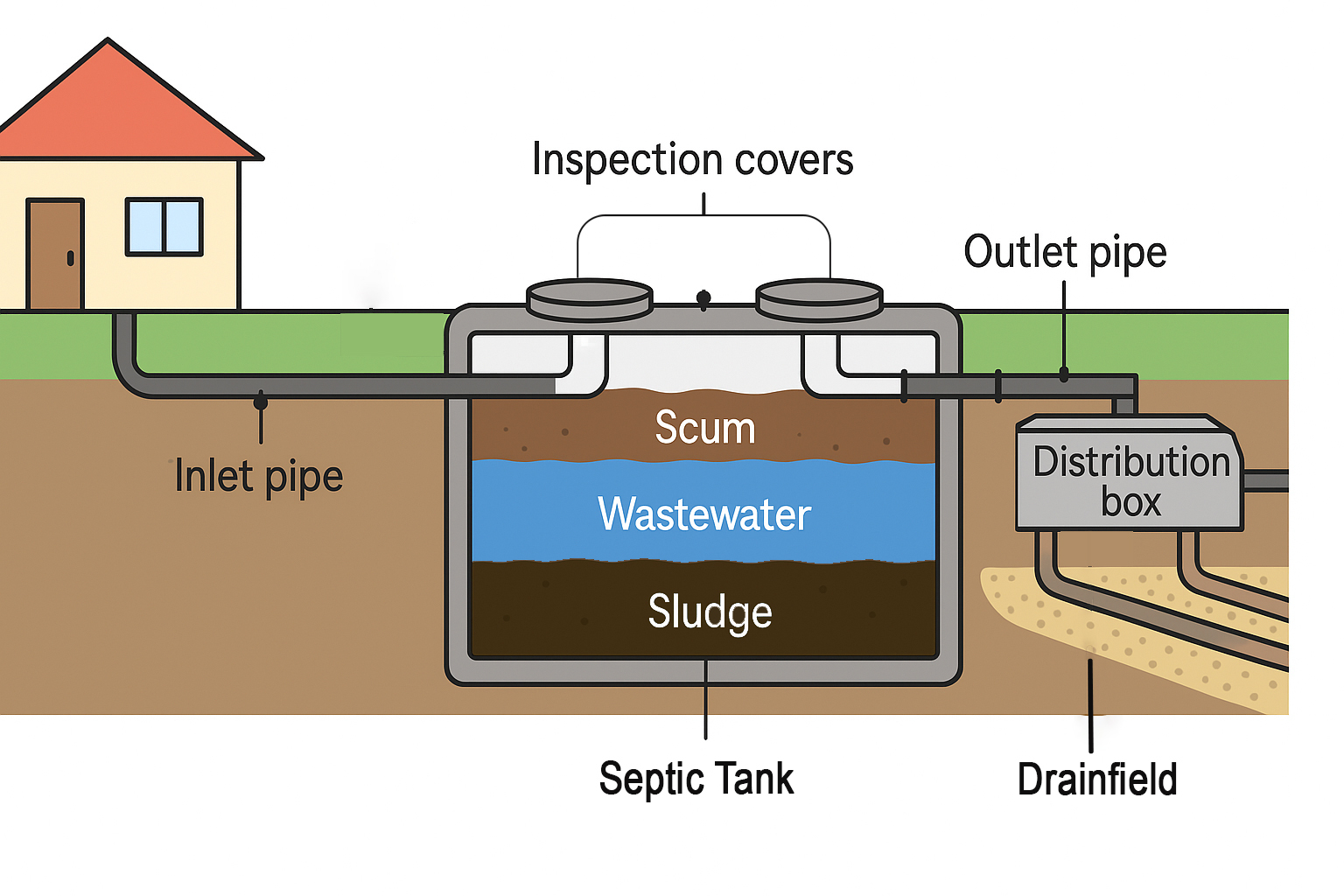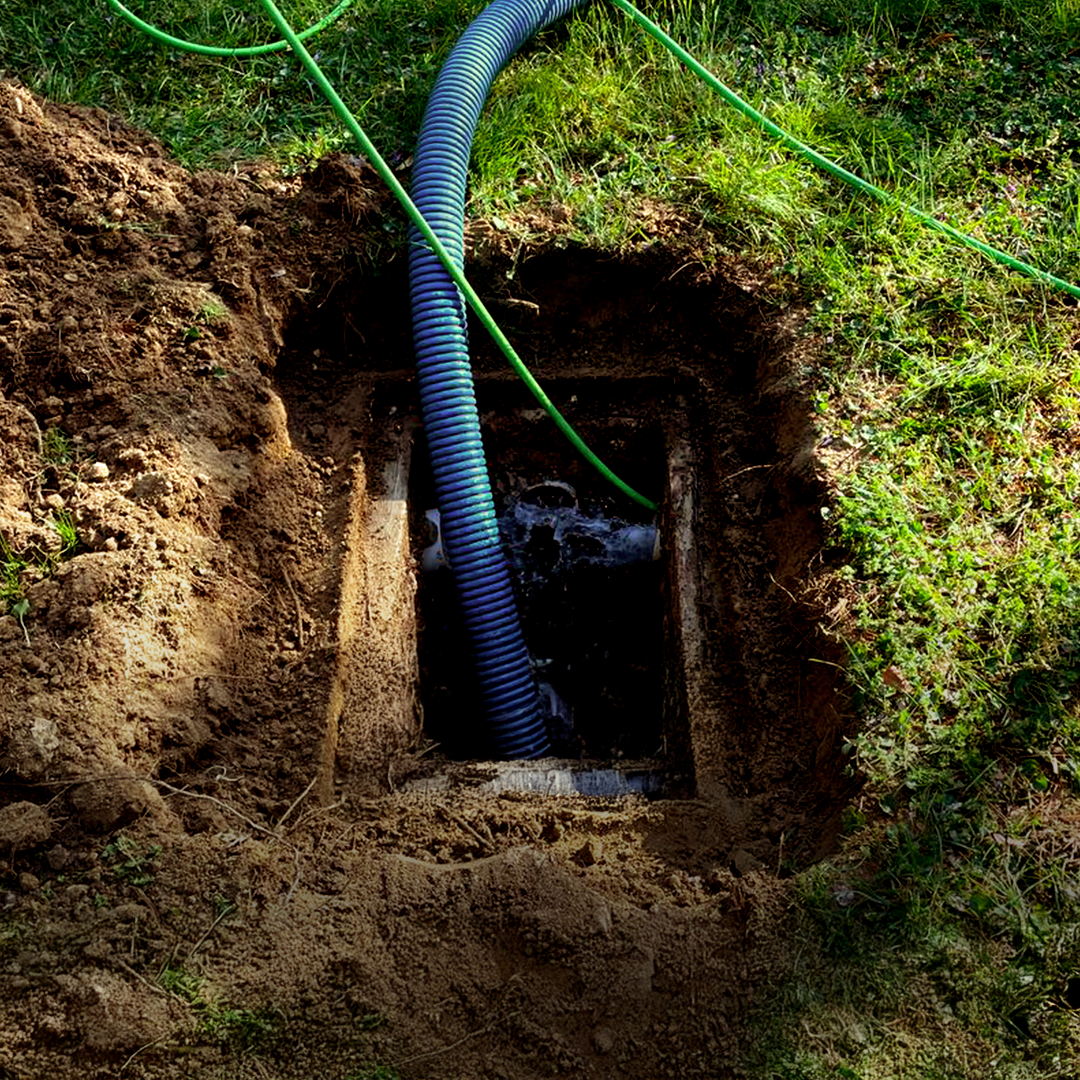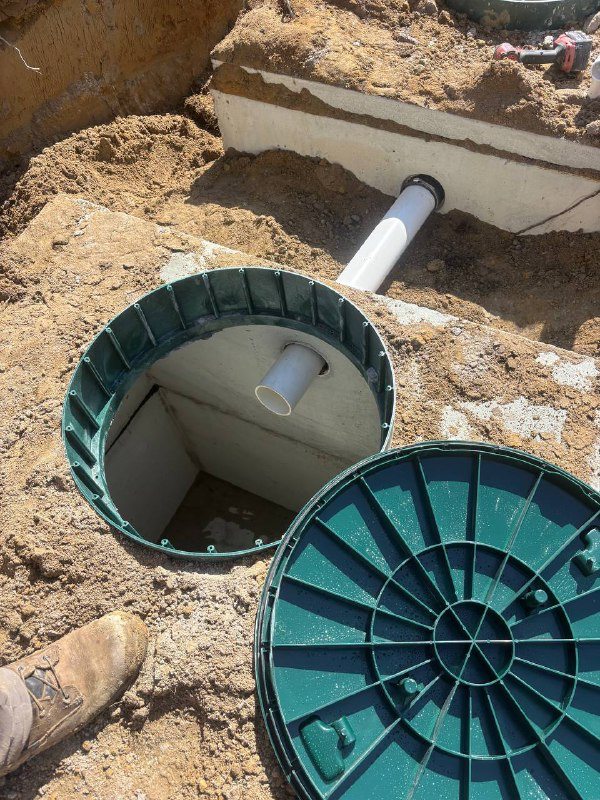If your home relies on a septic system, understanding how it works can save you money and prevent major problems. A septic system diagram is one of the simplest tools to help homeowners visualize this process. With a clear diagram and step-by-step explanation, you can learn how waste moves from your home to the ground safely.
What is a Septic System?
A septic system is an underground wastewater treatment method used in areas without city sewer connections. It treats household wastewater on-site, separating solids, filtering liquids, and returning clean water to the environment. By studying a septic system diagram, homeowners can see exactly how tanks, pipes, and soil work together to manage waste efficiently.
Main Components in a Septic System Diagram
- Septic Tank
The septic tank is the first stop for all wastewater leaving your home. It collects the waste and separates it into three distinct layers. Heavy solids settle at the bottom to form sludge, while oils and grease float to the top as scum. The middle layer, called effluent, is the liquid that eventually flows into the next stage of the system for further treatment.
- Drain Field
After leaving the septic tank, the effluent moves into the drain field, which is made up of a network of perforated pipes. These pipes distribute the wastewater into the surrounding soil. The soil naturally filters the liquid, removing harmful bacteria, viruses, and contaminants before the water continues its journey underground.
- Distribution Box and Pipes
The distribution box, along with the connecting pipes, plays a key role in ensuring balance across the system. It evenly directs the effluent from the septic tank into different sections of the drain field. By spreading the wastewater uniformly, the distribution box prevents overloading and ensures the soil can effectively filter the liquid.
- Soil Layer
The final stage in the process is the soil layer, which provides natural filtration. As the effluent passes through layers of soil, harmful pathogens and pollutants are removed. This step ensures that the water returning to the groundwater supply is safe and clean, completing the cycle of treatment.
A septic system diagram usually shows these four components, making it easy for homeowners to understand how the system functions.
How Septic Systems Work Step by Step
- Wastewater flows from your house into the septic tank.
- Solids settle at the bottom, oils rise to the top, and effluent stays in the middle.
- Effluent leaves the tank and enters the distribution box.
- Pipes carry effluent into the drain field.
- Soil filters the wastewater, returning clean water to the environment.
By looking at a septic system diagram, you can see each stage clearly illustrated, from entry to final treatment.
Signs of a Healthy Septic System
A healthy septic system operates quietly without causing any disruptions to your household or yard. One of the clearest signs of a well-functioning system is the absence of unpleasant odors around your property, especially near the drain field. Inside the home, drains should run smoothly without slowdowns or backups, showing that wastewater is flowing freely through the system. Outdoors, the grass above the drain field should look consistent and healthy, not unusually lush, wet, or patchy, which would indicate potential problems. Together, these signs reassure homeowners that their septic system is working properly and maintaining a balance between waste treatment and the environment.
Common Septic Problems Homeowners Should Watch For
Several issues can affect the performance of a septic system if it is not properly maintained. Blocked pipes or backups often occur when inappropriate items such as wipes, grease, or non-biodegradable materials are flushed down the drain. Overflow is another common problem, usually caused by neglecting regular pumping, which allows the tank to fill beyond capacity. In some cases, the drain field can fail when the soil becomes saturated and can no longer absorb wastewater effectively. Tree roots can also intrude into pipes, causing cracks, blockages, or structural damage. A good septic system diagram can help homeowners understand where these issues are most likely to occur, making it easier to spot problems early and carry out timely repairs.
Septic System Maintenance Tips
Proper maintenance is essential to keep a septic system functioning efficiently for years. Homeowners should schedule septic tank pumping every three to five years to prevent buildup and overflow. Conserving water throughout the household also reduces stress on the system, allowing it to process wastewater more effectively. It is equally important to avoid flushing harmful items such as wipes, grease, or harsh chemicals, as these can clog pipes and disrupt the natural treatment process inside the tank. Finally, protecting the drain field is crucial—heavy vehicles should never be parked on it, and deep-rooted trees should be kept away to prevent root intrusion and damage. With these simple steps, your septic system will continue running smoothly while avoiding costly repairs.
Why Septic Systems Matter for the Environment
Septic systems protect groundwater, prevent contamination, and support eco-friendly waste management. A properly maintained system works silently beneath your yard, ensuring clean water cycles back into the environment.
Conclusion
A septic system is simple when you see it through a septic system diagram. By understanding its components, you can protect your home, avoid costly repairs, and keep the environment safe. Remember, regular maintenance and awareness are key to a long-lasting system. Schedule a professional septic inspection now to keep your system healthy and running smoothly.




